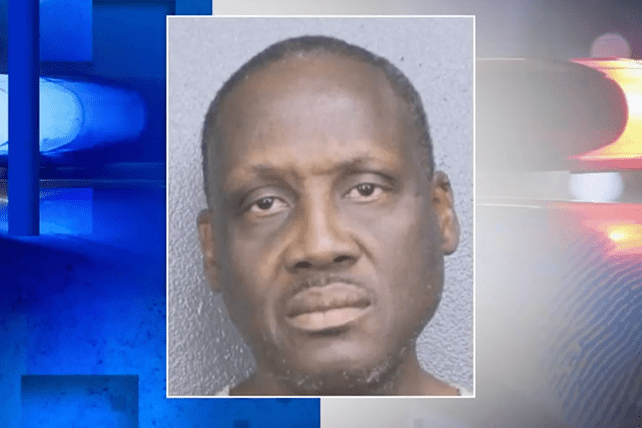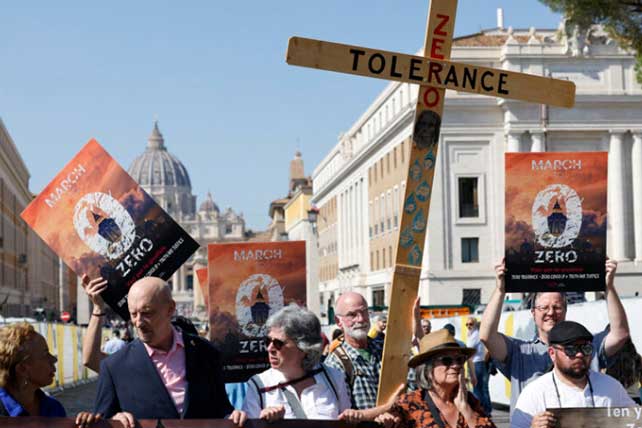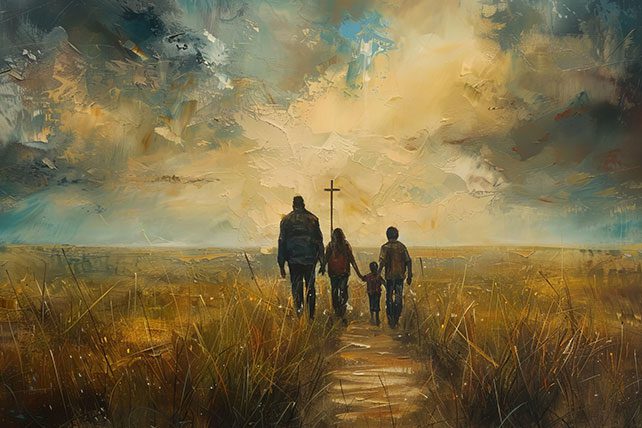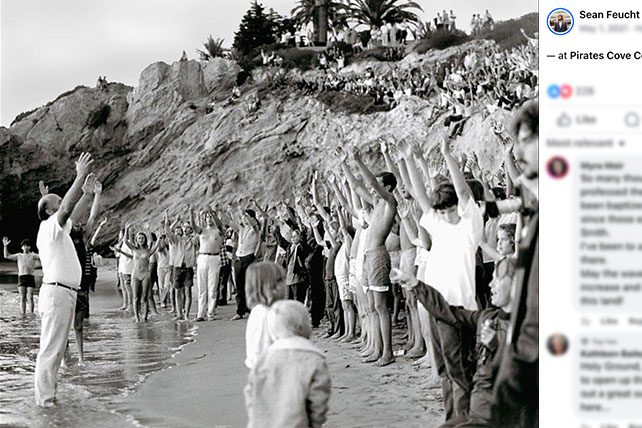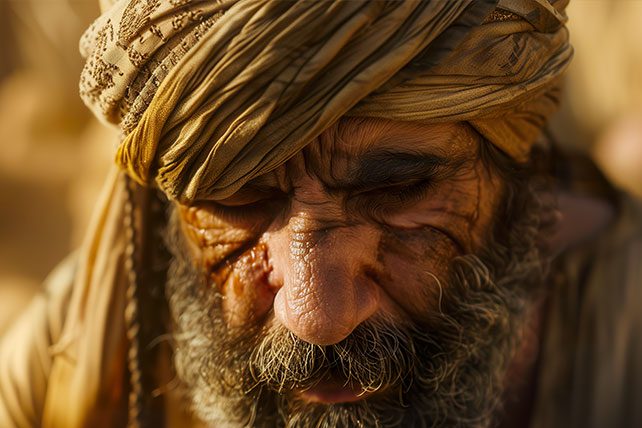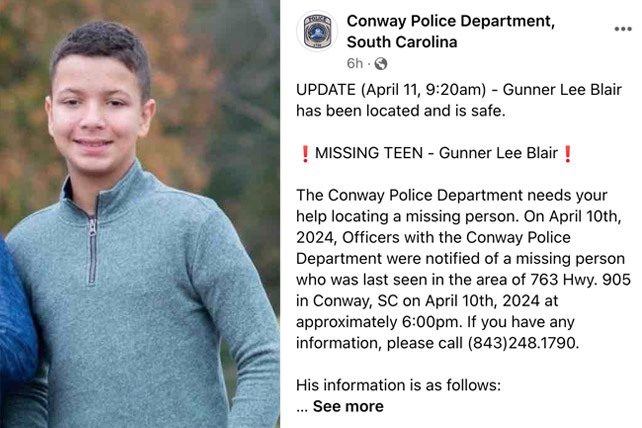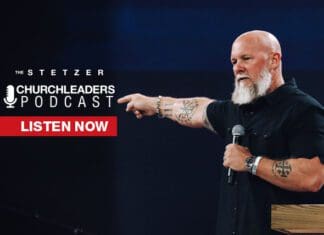Congregational worship is more than just a group of individuals having quiet times in the same place. It is the Body of Christ gathered together in unity and diversity centering adoration on the King of kings and Lord of lords and responding in obedience to Him. Congregation worship places the emphasis not upon “my personal experience,” but “our obedient response” to His revealed nature and character.
To understand where all of this started, I must go back to an email from Eric Benoy, our librarian at the seminary, who really helped me begin to start thinking about congregation worship.
We gather together for corporate worship; a group of people to do something in one accord. If that is the case, then why do some worship leaders today want to make corporate worship a personal experience? It is oxymoronic in a way. If we have gathered intentionally for corporate worship, then should we not then be striving for a corporate offering of praise, adoration, et al and hear from God as a body of believers? We have come together specifically to be the church gathered; to worship and become equipped to be the church scattered. [4/16/2010, used by permission]
Besides being our librarian, and a fine one at that, Eric is a pastor and a dear godly friend whose opinion is worth the time to ponder. I’m not sure I had spent much time thinking about the efforts being made to make “corporate worship” a “personal experience,” but the more I began to mull over the idea in my mind, the more I began to see some of the possible ramifications of the idea.
How Does a Congregation Worship?
Biblical worship is God-centered. Scripture describes it as “in Him, through Him, by Him, to Him, and about Him,” that is, the focus of worship is Christ, not our tastes, style, opinions, etc. If we look at the Isaiah 6 model, as God takes the initiative and reveals Himself, the prophet not only sees the revealed nature of God, but sees himself as God sees him, sinful and unclean. He confesses and is forgiven and the prophet is able to hear God’s voice: “Whom shall I send? Who will go for us?” Worship then completes itself in obedient response as Isaiah responds, “Here am I, Lord, send me!”
How does all that fit into a congregational setting? A great question. The idea of the “congregation” is in reference to the “church,” not the church building, but the Body of Christ, the Bride of Christ. This body, whose Head is Christ, Himself, is seen in worship in the book of Revelation as thousands upon thousands are gathered around the Lamb on His throne. He is the one central and only focus. Angelic beings circle around Him declaring His nature and glory, hallowed saints cast their crowns toward the One who is worthy. If we could look around at the worshipers in heaven, we would notice that it is multi-generational worship: Not only are there throngs of believers from all the ages, generation after generation, but old and young. It is also multi-cultural worship: tribes from every tongue and nation lifting praise and adoration to God.
In Acts 2:42 we read that “They were devoting themselves to the apostles’ teaching and to fellowship, to the breaking of bread and to prayer.” [NET] There may be discussion as to what exactly is meant by each of these four activities, but central to each is the fact that they were done corporately. Paul deals with the abuses of the agape feast and the Lord’s Supper in I Corinthians 11, emphasizing the need for self examination, so that when they came together they would not be condemned. It is not by accident that he then deals with spiritual gifts and explains that they are each members of Christ’s body, each with different gifts for the building of the body. In I Corinthians 14, Paul deals with the fact that worship was participatory: “When you come together, each one has a song, has a lesson, has a revelation, has a tongue, has an interpretation. Let all these things be done for the strengthening of the church.” [14:26 NET] The focus was not on building up the individual participating, but the body as a whole.
A simple focus on the pronouns in the Model Prayer that Jesus left us in Matthew 6:9-13 will also help us see that the corporate emphasis: This, then, is how you should pray:
‘Our Father in heaven, hallowed be your name, your kingdom come, your will be done, on earth as it is in heaven. Give us today our daily bread. And forgive us our debts, as we also have forgiven our debtors. And lead us not into temptation, but deliver us from the evil one. [bold type added]
It may be that because we live in a culture that prizes individualism we look at Scripture with “individualistic” lenses. While it is true that we come to Christ as individuals, our “cultural lenses” may filter the importance of seeing ourselves as the Body with Christ as its Head and as the Bride preparing herself for the Bridegroom. Though we are aware that this theme is central to the New Testament idea of the church, what implications are there to worship? Where does the church “see” itself as a the “Body of Christ” and not just a group of individuals? Is it not as believers gather for worship and join together unifying their focus on the Risen Lord?
Seeing ourselves as the Body of Christ is not to demean personal experience, but a help to guard against allowing our focus to shift to “our” personal experience rather than on who Christ is and what He as done. If we are not careful the desire to achieve a “personal” worship experience becomes a goal in and of itself and misses the object for which the worship should have been directed. We can begin to desire the “experience” more than the “Savior.” Brian Wren put it this way in book, Praying Twice: The Music and Words of Congregational Song:
Oh, I’m thinking of me praising Jesus, and loving the feeling I feel. When I think of his touch I am feeling so much that tomorrow I’ll praise him for real. [page 225]
Congregation worship can help us avoid the “me and mine” mentality and can help us see ourselves as Christ sees us. Being mindful that we are part of the Body can also help us avoid delusions of our own importance before God. This is especially needful for those who are in positions of leadership in worship; it is just too easy to fall into the trap of self engrandizement. When our focus is on worshiping as the Body of Christ, we are less likely to define our worship experience by the limited standards of our own experience. Personal preference is surrendered for the good of the whole.
What is the role of personal experience? The responsibility of every believer is to maintain a right relationship with the Father, to confess known sin, receive forgiveness and continue to grow and deepen the relationship. As we come together in worship, we then come prepared to meet with Him who loved us enough to die to restore the relationship that He knew we so desperately needed. We come together as members of the Body of Christ, different in gifts and abilities, but all functioning for the good of the Body. As we worship, we reflect the “unity in diversity” that is His body.
In congregation worship can we see the unity of focusing everything on Christ. In the same way that a wheel is recognizable as a wheel when each of its spokes is rightly related to the hub, so the members of the Body are recognizable when rightly related to Christ. Just as a wheel is more than a collection of spokes hub and rims, corporate worship is more than a group of believers in the same room at the same time.
So now what? What difference does all this mean in relation to what should happen on Sunday morning as we gather together? Glad you asked. For a start, let’s consider the following:
-
We must teach what biblical worship is and isn’t. There are still many people that believe that “the music is the worship…”
-
Personal worship is indispensable. We must feed daily on God’s Word; we must immerse ourselves in His presence in prayer. There are no substitutes for personal time with the Father.
-
Personal worship is not a substitute for corporate worship. We are baptized into the Body of Christ and are members of His body. There is no biblical idea of a member of the body existing apart from the body.
-
Congregation worship must facilitate worship that centers itself around Jesus Christ as His Body. The focus of corporate worship is not a focus on personal experience.
-
We must begin to learn what it means to live and worship as the Body of Christ. Personal preference is willingly subjugated for the good of the whole body
Ed Steele, a 20-year veteran as a music missionary with the SBC International Mission Board, is Associate Professor of Music at the Leavell College of New Orleans Baptist Theological Seminary. His blog, Worship HeartCries, weekly encouragements and insights into biblical worship, can be found at www.edsteeleworship.com

